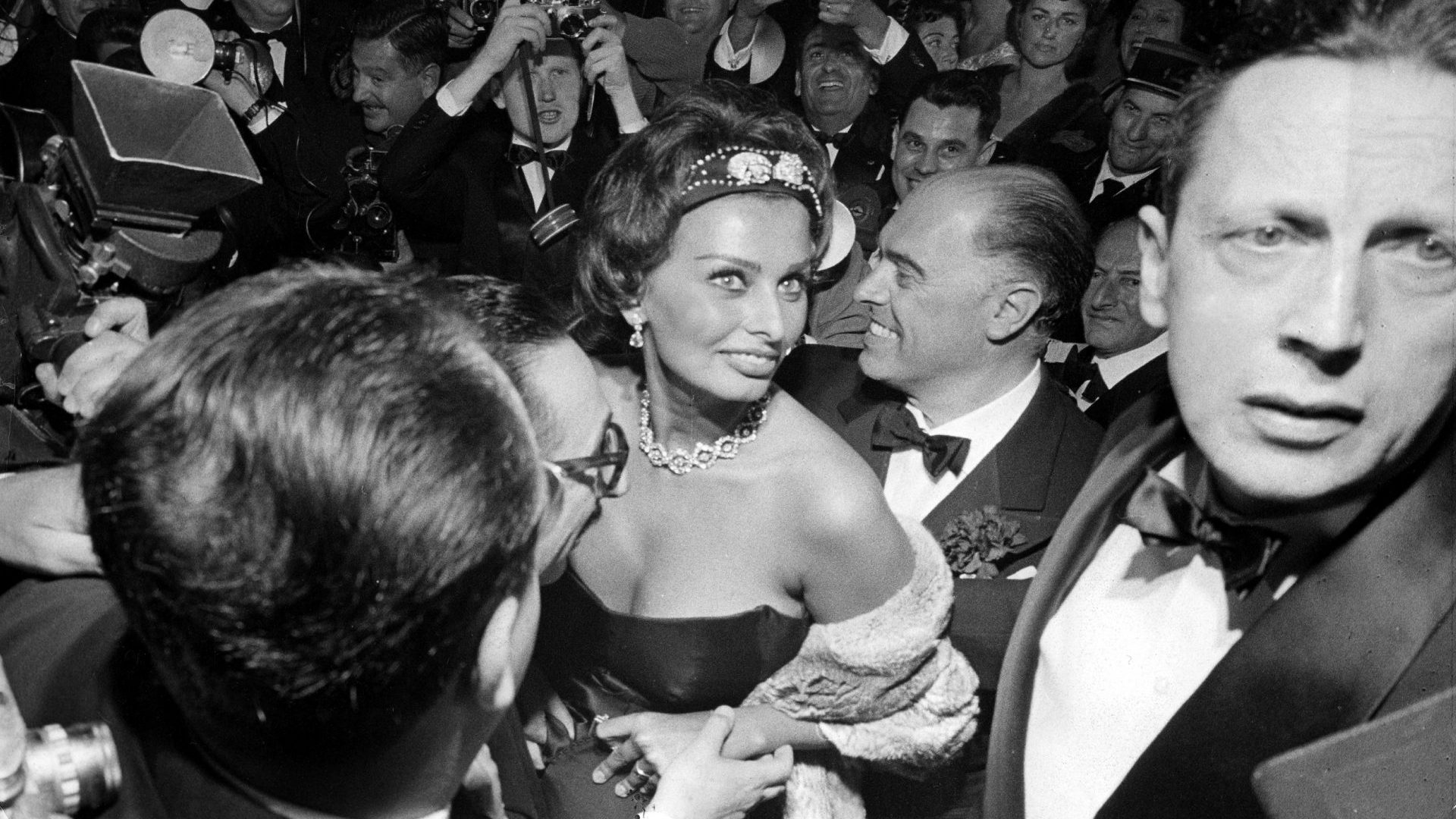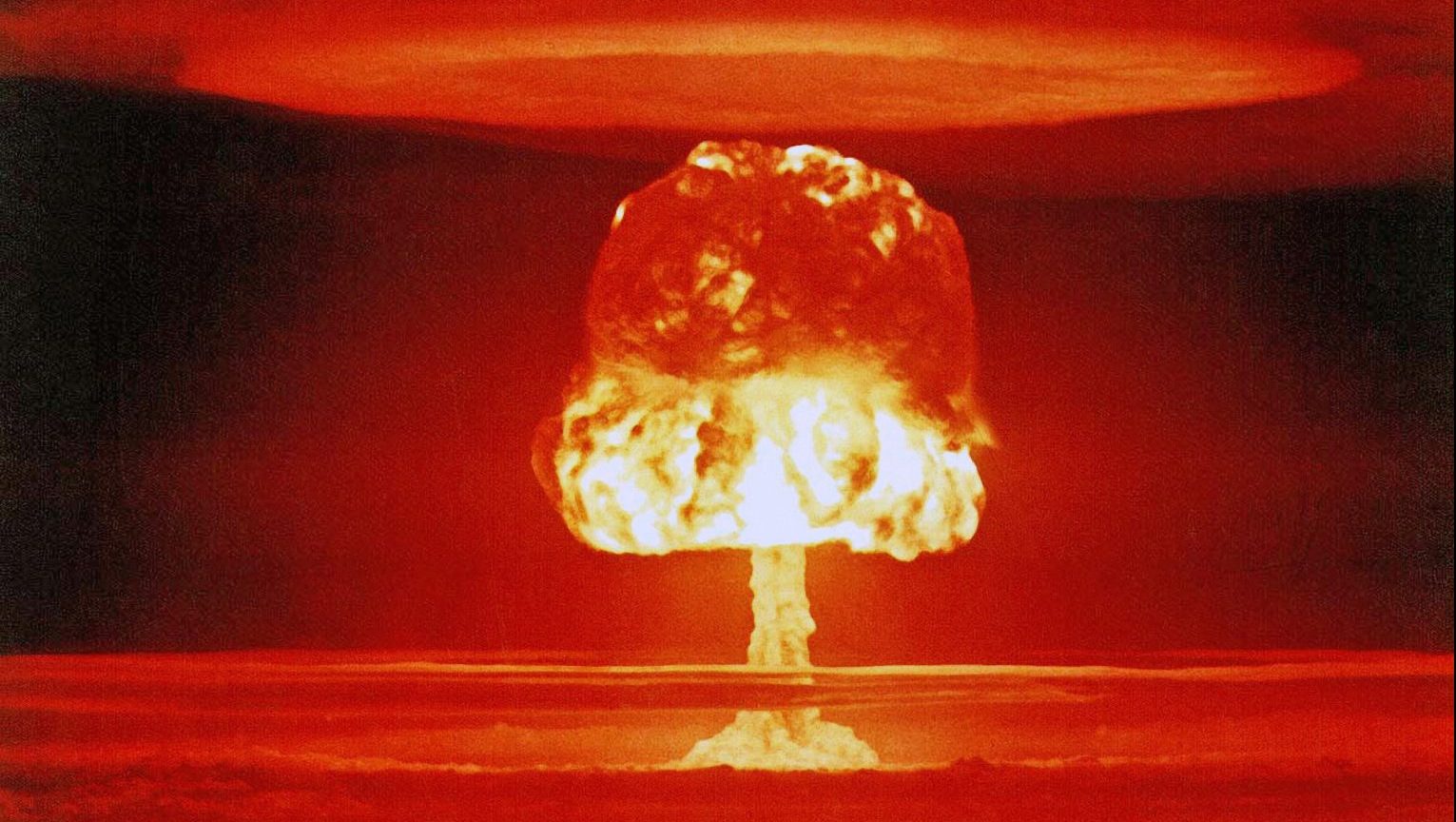A middle-aged man in a white cap strolls behind a group of harbour workers – some in shirtsleeves, some in vests – who have broken off to play boules on a beach at Cannes. He taps one participant on the shoulder, takes his place and pretends for a moment to be measuring the distance between the jack and the nearest ball. And then Gene Kelly raises his right arm into the air and begins to skip-dance between the boules, his feet sweeping and bending on the sand as his small audience marvels at his genius.
Moments like these, captured in footage for a French TV interview by journalist François Chalais in 1959 when Kelly was a member of the Cannes jury, remind us of a moment when the festival was not synonymous with superyachts, deals struck in hotel suites or fighter jets screaming past the Croisette in honour of a visit by Tom Cruise.
The images on this page are mostly from this time, when a festival originally established to signal the French and American film industries’ disgust at the Venice Film Festival’s appeasement of fascism was still in its relative infancy. The first Cannes was held in 1939, opening on August 31 with Charles Laughton in The Hunchback of Notre Dame. It would have featured screenings of The Wizard of Oz, The Four Feathers and Cecil B DeMille’s Union Pacific had Germany not invaded Poland on September 1.
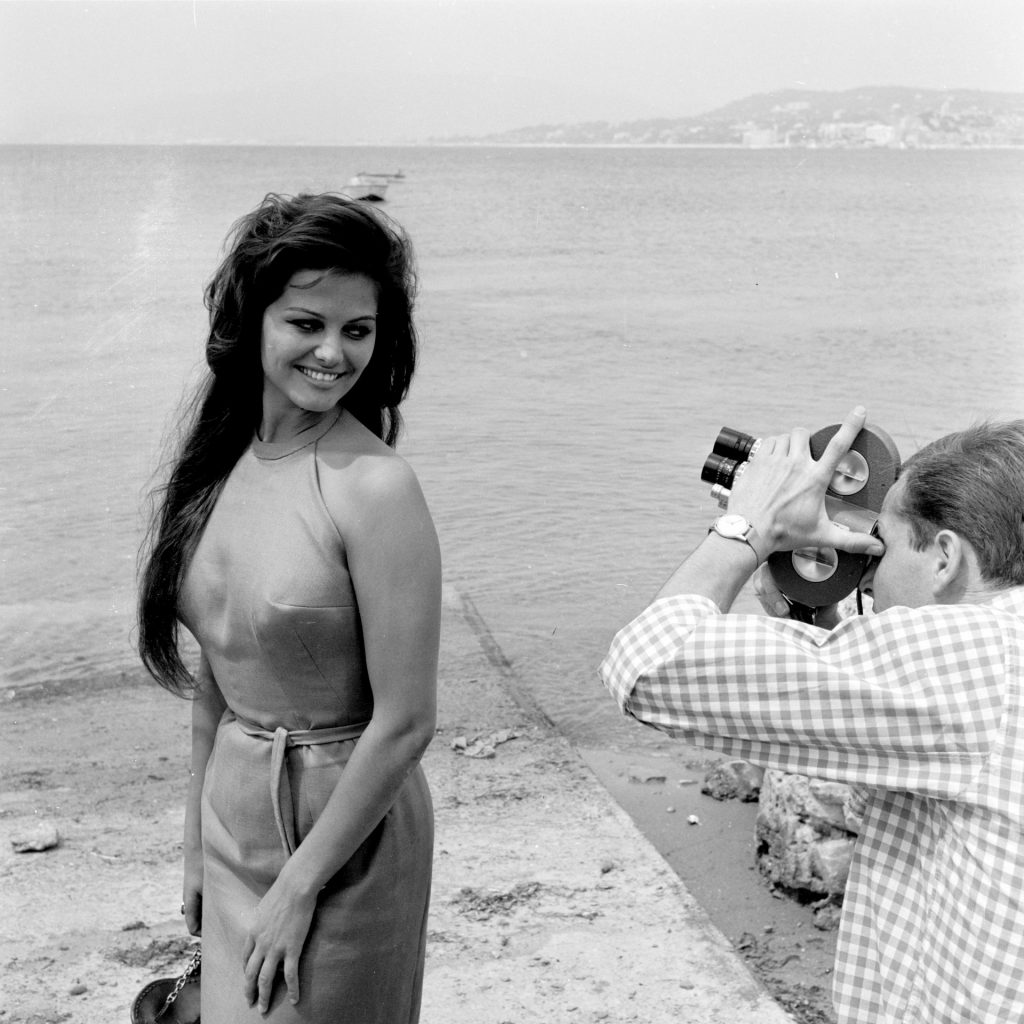
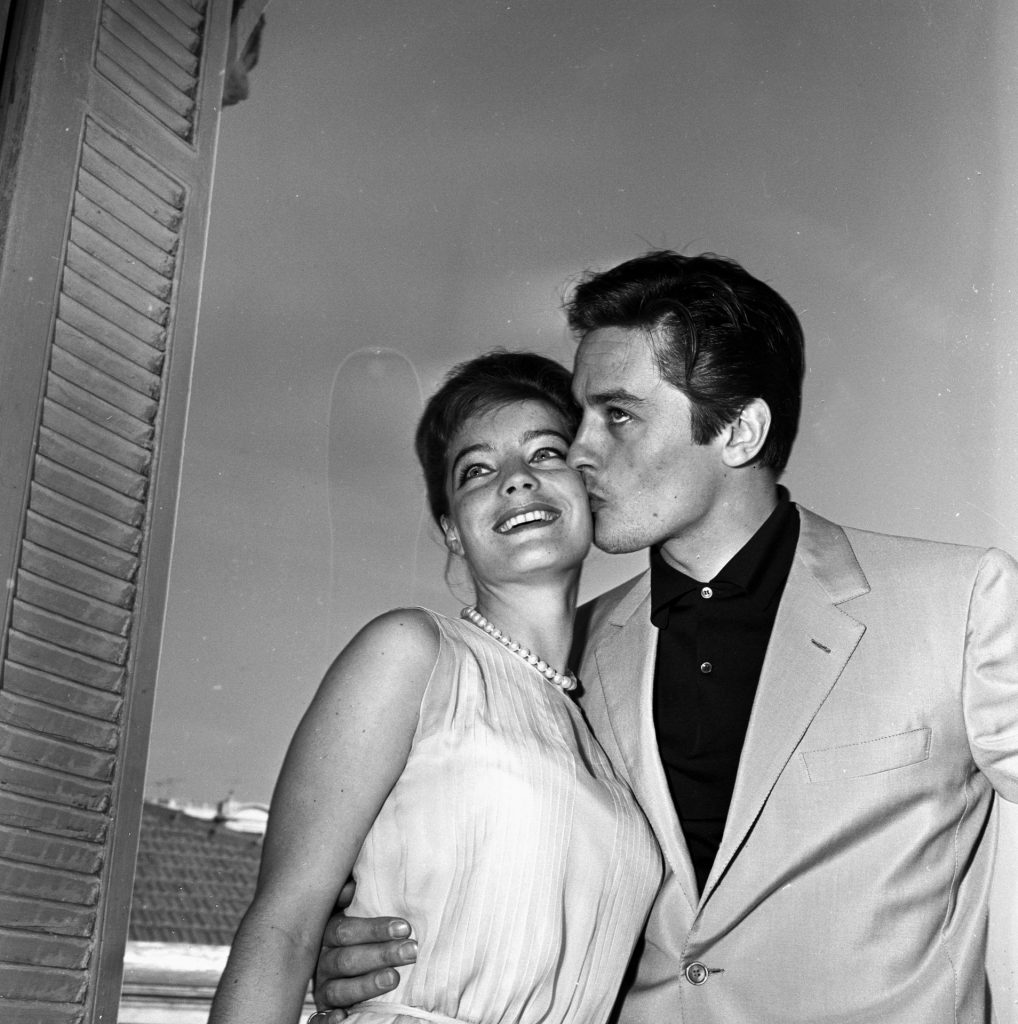
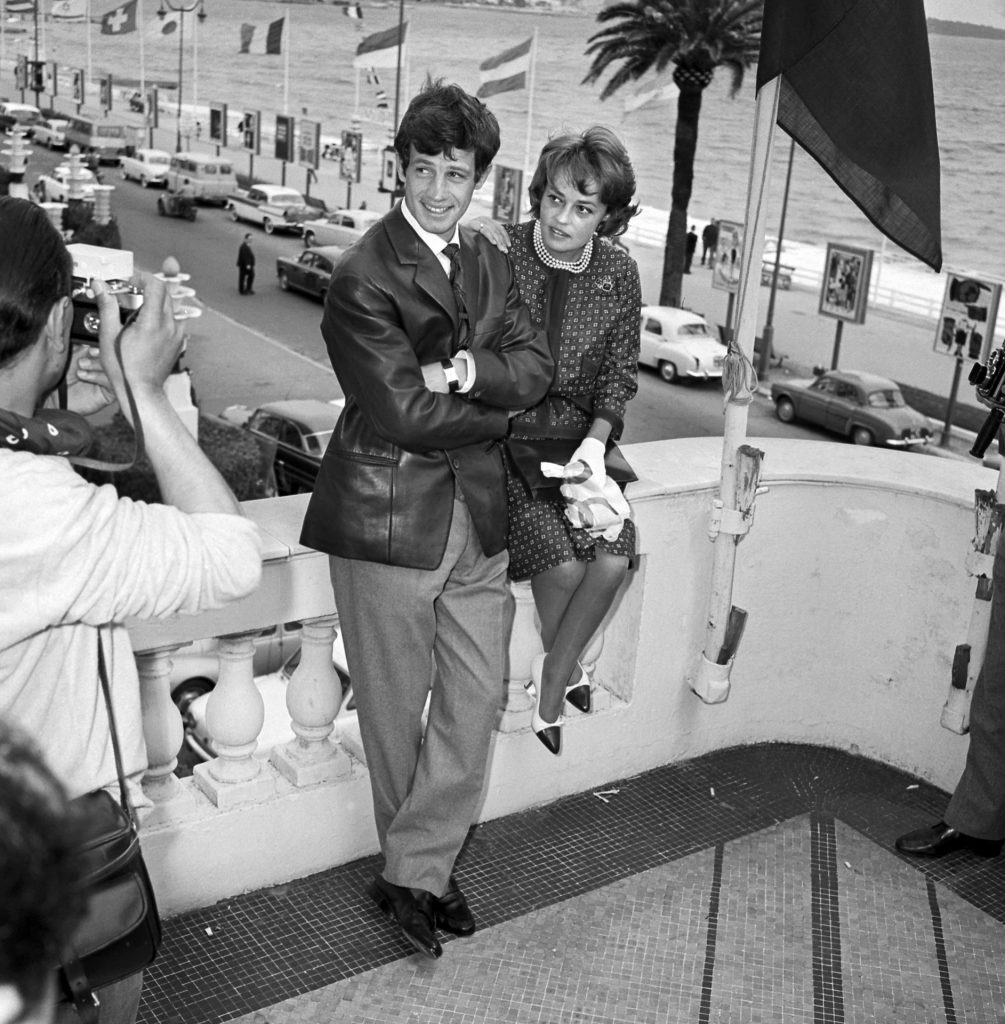
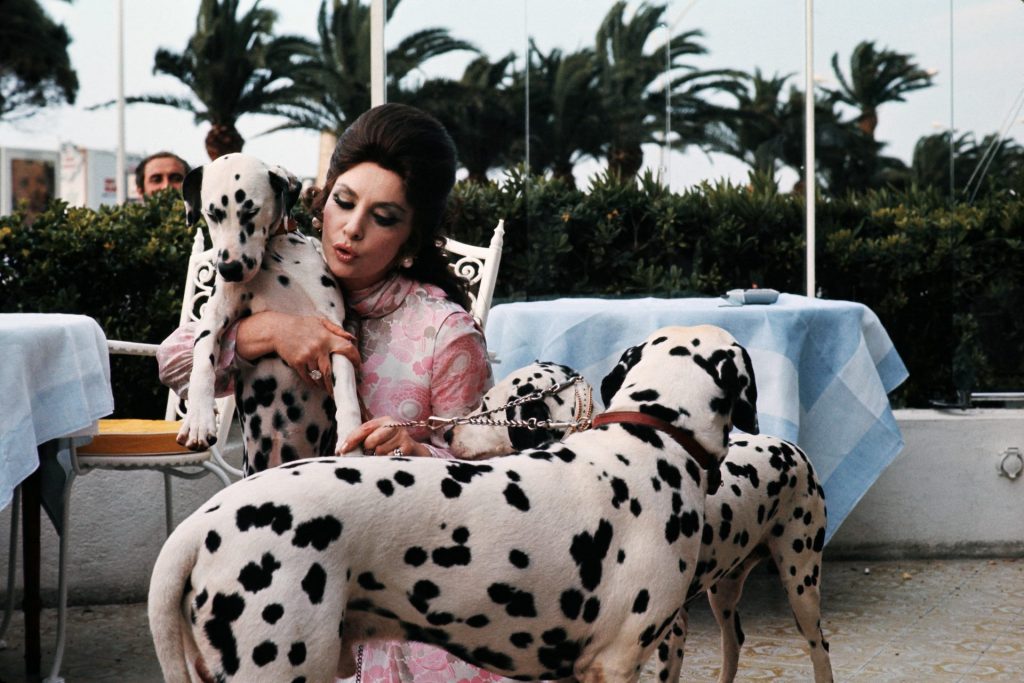
When the festival re-established itself in the early 1950s, after years of wartime hibernation and a couple of false starts, it became a place where European film’s rising stars could be seen. Gamine in a leaf-print two-piece, Brigitte Bardot made her first appearance in 1953, trading on the notoriety of her Manina, la fille sans voiles (1952), notable mostly for her appearances in a series of scanty bikinis.
Sophia Loren arrived two years later, and footage of that day shows her playfully running away from photographers down the Croisette in a black dress with a white v-neck. She stops, allowing them to catch up, and twirls, grinning and carefree.
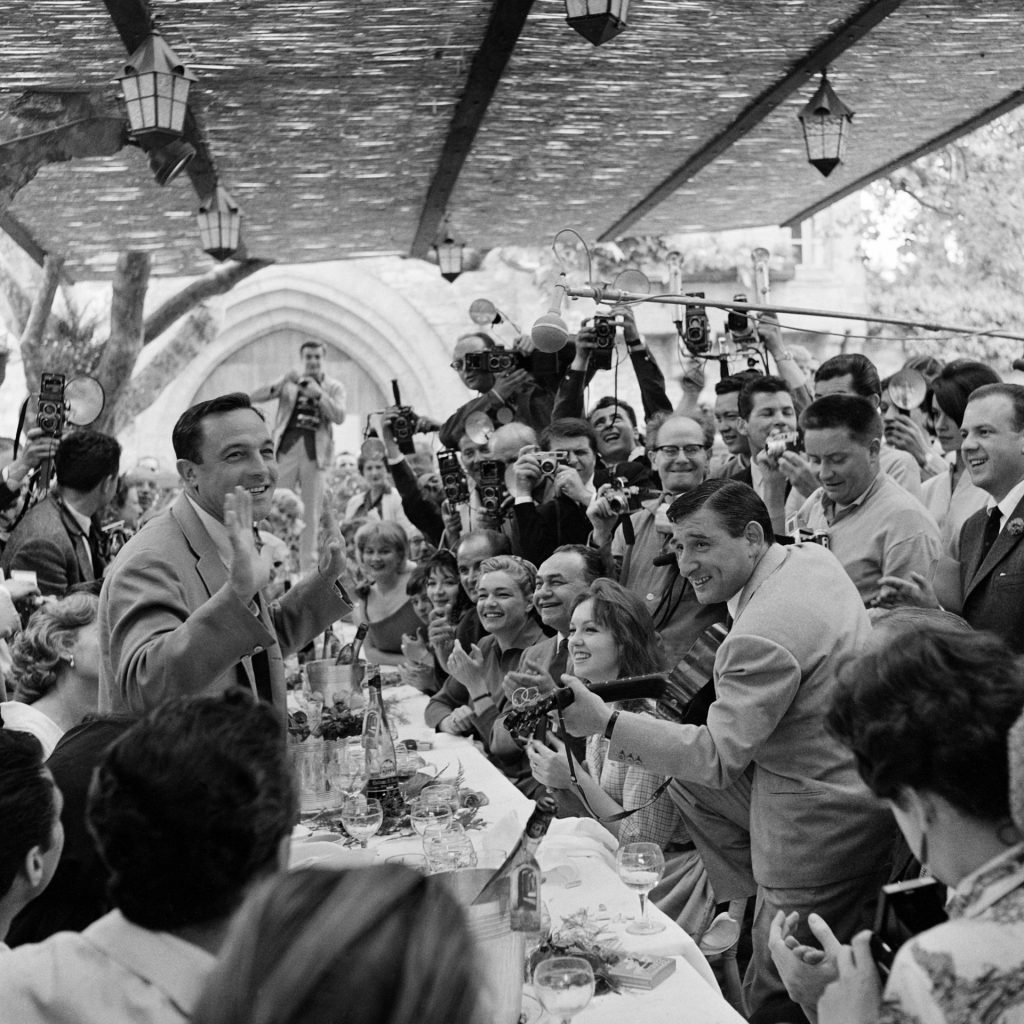
In the footsteps of Bardot and Loren came a host of forgotten starlets, but also many of the Europeans with whom Britain and the world would fall in love: Marcello Mastroianni, Jeanne Moreau, Jean-Paul Belmondo, Claudia Cardinale, Alain Delon, Catherine Deneuve. They too could be seen at Cannes, but also see there; the festival offering a then-rare opportunity to encounter and impress Hollywood stars, directors and producers.
No doubt there was a commercial imperative to all this. But also there can be no doubt that the delight is genuine on the faces of everyone in the photograph of Kelly and Edward G Robinson at lunch in 1959 with Simone Signoret, Juliette Gréco, Mylène Demongeot and others.
Yet things were changing. Cannes 1959 saw the launch of its Marché du Film (film market), which by overtly inserting commerce into proceedings both sustained the festival’s future and changed its character for ever. A year ahead of the release of La Dolce Vita, the crowds of photographers – thanks to that film, soon to become known worldwide as the paparazzi – were growing, too, and unwritten contracts were beginning to break down.
In 1955, photographs taken after Loren’s Croisette appearance show her in the same outfit, repeating the twirl in her hotel room. Her skirt is lifted by the motion and the clips of her suspenders show at the top of her stockings. But Loren’s look down the camera makes it abundantly clear who is in control of this image.
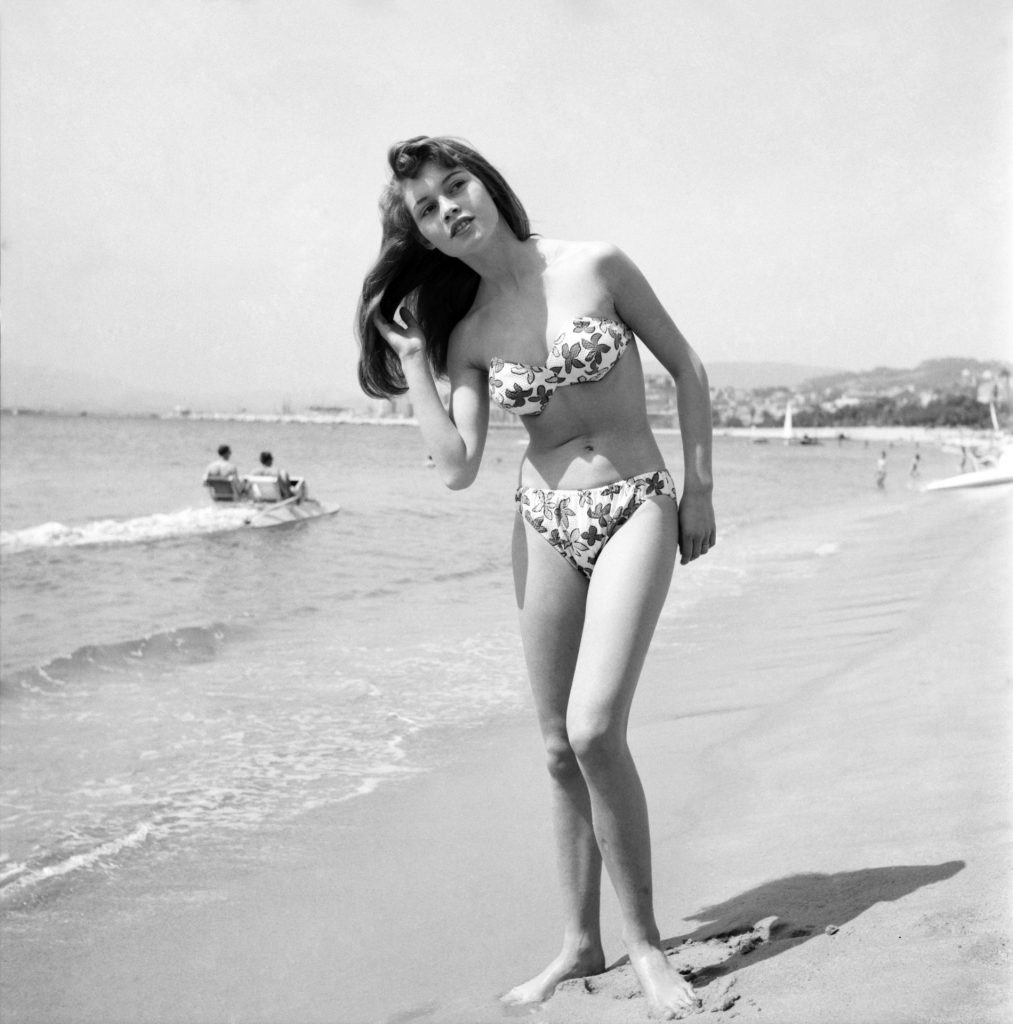
Footage of her arriving at a Cannes gala six years later is strikingly different. By now Loren is a superstar; a vision in a stunning white puffball dress with a cluster of sizeable diamonds around her neck. But despite her success – and the presence of a host of gendarmes – she is jostled by the paparazzi as she is led through the crowd. She looks haunted, hunted.
The contemporary voiceover, by François Chalais, seems to predict how the celebrity culture now taking shape will ultimately play out for the celebrities living inside it. “Victim or conqueror?” he asks. “We don’t do the detail. But if we look a little closer we can sometimes detect in the eyes of the conqueror the anxiety of the victim.”
The 77th Cannes Film Festival runs until May 25

